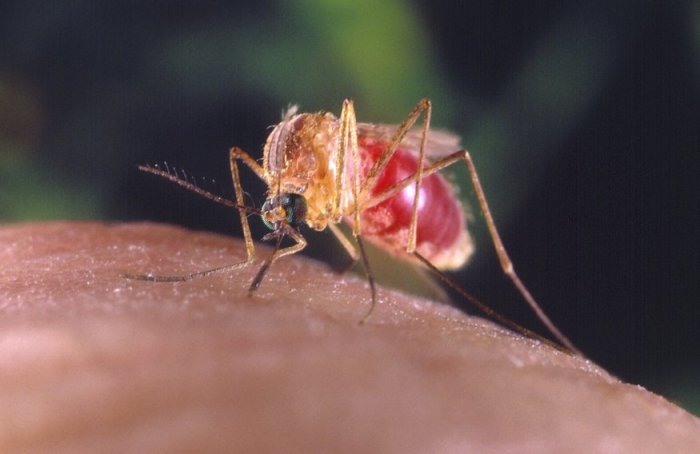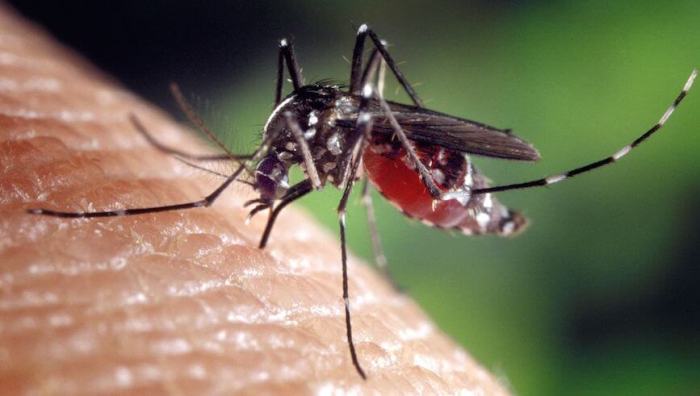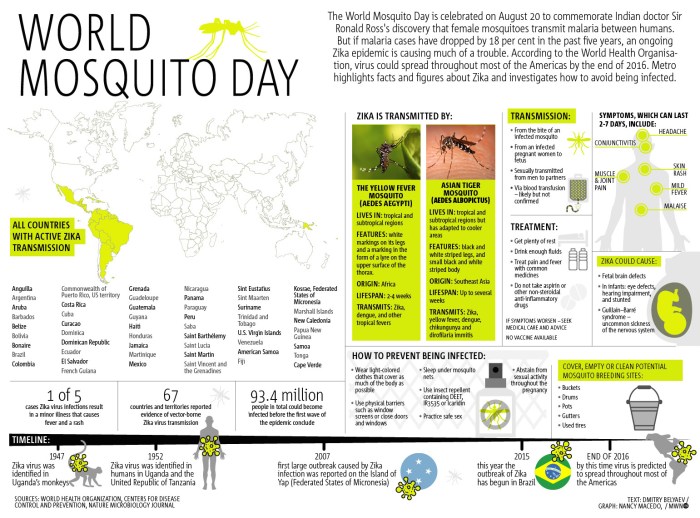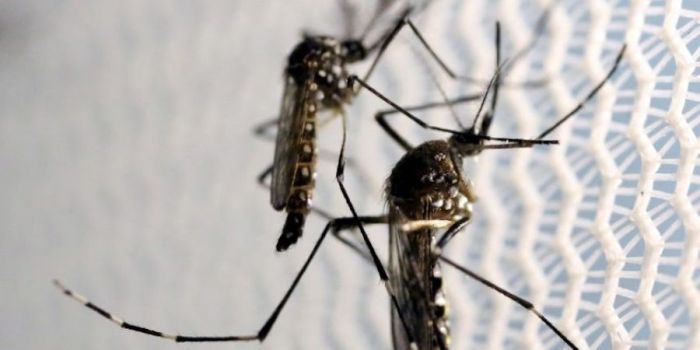Less than a week after the first mosquito-born Zika transmission was confirmed on the U.S. mainland, New York is taking a series of “aggressive” actions to battle the virus in the state. At the center of the plan is the New York City subway system, which is full of standing water — a breeding ground for mosquitoes. According to Gov. Andrew Cuomo’s office, the insects lay eggs in or near water, where their offspring will grow before emerging as adults, biting and possibly infecting humans. “The Zika virus remains a dangerous public health threat, and New York State continues to pursue every possible measure to combat it,” Cuomo said. “By enlisting the cooperation of state agencies and New Yorkers, we are taking aggressive action to help reduce the prevalence of mosquito breeding grounds across the state and stop this disease at its source. As the Zika situation continues to evolve, we will remain vigilant and strengthen our prevention efforts to safeguard the public health and safety of all New Yorkers.” The MTA and state Department of Health are targeting 36 locations, focusing on increasing drainage within the stations. They’ll also deploy larvicide tablets to standing water, put place new traps to monitor the mosquito population, particularly the Aedes albopictus mosquito. The Zika virus is transmitted primarily by the Aedes aegypti mosquito in South and Central America, but there has been cases of the virus being sexually transmitted. Although the Aedes aegypti mosquito is not present in New York, a related species named Aedes albopictus is active in the downstate region, according to officials. Scientists have not yet determined if Aedes albopictus transmits Zika. Aedes albopictus is just 3 to 5 percent of the total population of mosquitos in the state and one of 70 species. “Some 13 million gallons of water enters the subway system every day, from precipitation, intrusion of groundwater and even the water we use to power clean platforms. But the serious threat of virus carrying mosquitos makes it even more important to we have clean, functioning drains, and adequate pump equipment, aggressive inspection and pumping schedules to remove standing water,” Tom Prendergast, MTA Chairman and CEO said. The Zika plan for NYC’s subways follows a Sunday report in the New York Post, which said the “warm, wet summer and mild winter” was causing a jump in mosquitoes. In addition to Zika concerns, the Post brought up West Nile, which has already reached the region.
“The subway system is likely infested with Culex pipien mosquitoes, which ‘are often found breeding in foul and stinky stagnant pools of water,’ said Tom Daniels of Fordham University’s biological research center. The breed tested positive for West Nile Virus this summer, according to the city Health Department,” the Post wrote. Gov. Cuomo, whose actions focus solely on Zika, also laid out a six-point plan to combat the virus that included distributing larvicide tablets; mosquito monitoring; providing Zika protection kits to pregnant women; deploying “rapid response teams” when Zika transmission is confirmed; and requiring local Zika action plans. Zika can cause a rare disorder called Guillain Barré Syndrome, which can lead to temporary paralysis, but the largest concern is for pregnant women. The virus can also cause a birth defect known as microcephaly in babies of mothers who are infected with the virus while pregnant. On Monday the CDC issued a travel advisory for a certain section of Miami, where the number of confirmed cases of Zika transmission from local mosquitoes recently rose to 14. Currently, there have been 537 confirmed cases of Zika statewide – 532 of travel-related and five sexually transmitted. Out of the 537 confirmed cases, 414 have been found in New York City.


















